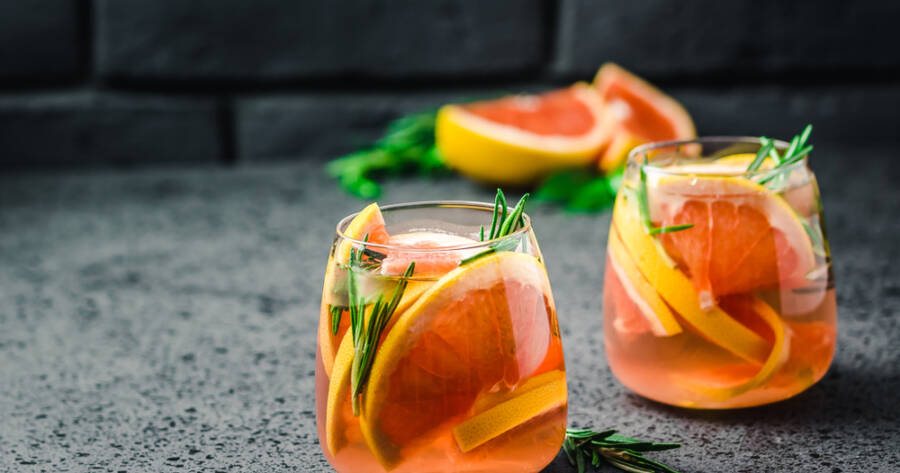Mixology, the art and science of crafting cocktails, combines creativity with precision. Understanding the underlying chemistry can elevate your cocktail-making skills, allowing for a richer appreciation of the intricate balance of flavors, textures, and aromas. By exploring the principles of mixology and the reactions that shape our favorite drinks, enthusiasts can craft cocktails that delight the senses and spark curiosity. Delving into the science of mixology offers insights into how technique and innovation create the perfect drink.
The Balance of Flavors
At the heart of mixology lies the harmonious balance of flavors: sweet, sour, bitter, salty, and umami. Carefully combining these elements creates complex layers that engage the palate. Using ingredients like citrus fruits for acidity, syrups for sweetness, and bitters for bitterness allows mixologists to craft cocktails with depth.
Understanding how these flavors interact guides the development of cocktails that are both harmonious and exciting. The classic Sour cocktail, for instance, perfectly exemplifies this balance, combining spirit, lemon juice, and simple syrup to achieve a refreshing taste.
The Role of Temperature
Temperature plays a crucial role in the mixology process, affecting both flavor and texture. Chilling a cocktail can enhance its refreshing qualities by exaggerating the brightness of citrus and the crispness of carbonation. Conversely, warming a drink can enhance aromas, bringing out the deeper notes of spirits.
Ice, therefore, serves as both an ingredient and a tool, influencing dilution and temperature. Different ice types, from crushed to cubes, offer specific effects on cocktails, controlling overall balance and texture. Incorporating this understanding of temperature and texture allows mixologists to create experiences tailored to individual preferences.
Understanding Emulsification
Emulsification is a key concept in mixology, especially in cocktails like the classic Gin Fizz or Pisco Sour, which use ingredients like egg whites to create a frothy texture. Shaking these cocktails vigorously combines the proteins in the egg whites with air, forming a stable foam that enhances mouthfeel and presentation.
This technique requires precise timing and method; over-shaking can break the foam, while under-shaking may not produce the desired texture. Mastering emulsification offers mixologists the ability to add visual appeal and richness to cocktails, enhancing both aesthetics and pleasure.
The Science of Infusions
Infusions introduce complex flavors into cocktails by combining spirits with herbs, fruits, or spices. The process involves steeping ingredients to extract essential oils and flavors, allowing unique combinations to emerge. Infusing spirits with ingredients like rosemary or jalapeño provides a twist on traditional tastes.
The chemistry of infusion involves time and concentration, with longer infusions resulting in stronger flavors. Understanding the interaction between ingredients guides the creation of balanced infusions that add character and creativity to cocktails, transforming ordinary drinks into signature creations.
Carbonation and Texture
Carbonation brings effervescence and texture to cocktails, altering both perception and enjoyment. Introducing CO2 into a drink adds lively bubbles that enhance aroma and refreshment. Carbonated cocktails like the Moscow Mule or French 75 showcase the transformative power of bubbles.
Understanding how carbonation interacts with other ingredients informs the selection of mixers and garnishes that complement the bubbles. Technique and timing are crucial, as carbonation dissipates quickly. By mastering carbonation, mixologists can create cocktails that awaken the senses and invigorate the palate.
Aroma and Sensory Experience
Aroma plays a vital role in the cocktail experience, influencing taste perception and enjoyment. The olfactory system is intricately connected to taste, with scents often dictating the initial impression of a cocktail. Using aromatic garnishes like mint leaves or citrus twists can elevate a drink’s aroma.
The choice of glassware also impacts aroma, with different shapes concentrating or dispersing scents. By emphasizing aroma, mixologists can create a multisensory experience that engages taste, smell, and sight, crafting cocktails that offer a full and memorable encounter.
Innovation and Experimentation
The science of mixology encourages continuous innovation and experimentation. Understanding chemical reactions and flavor interactions fuels creativity, inspiring the development of new recipes and techniques. Molecular mixology, for example, explores using gels, foams, and spheres to create unique textures and presentations.
This spirit of experimentation allows mixologists to push boundaries and redefine traditional concepts, integrating new tools and ingredients into the cocktail-making process. By embracing an adventurous approach, mixologists expand the horizon of possibilities, crafting cocktails that surprise and delight enthusiasts.
Learn More Today!
The science of mixology reveals the complexity and creativity inherent in crafting cocktails. From balancing flavors to experimenting with carbonation and aroma, the chemistry behind these drinks adds depth and dimension to the experience.
By understanding these principles, mixologists can elevate their craft, creating cocktails that engage the senses and inspire exploration. This fascinating blend of art and science invites both professionals and amateurs to appreciate the intricate world of cocktail chemistry, offering endless opportunities for creativity and enjoyment.

